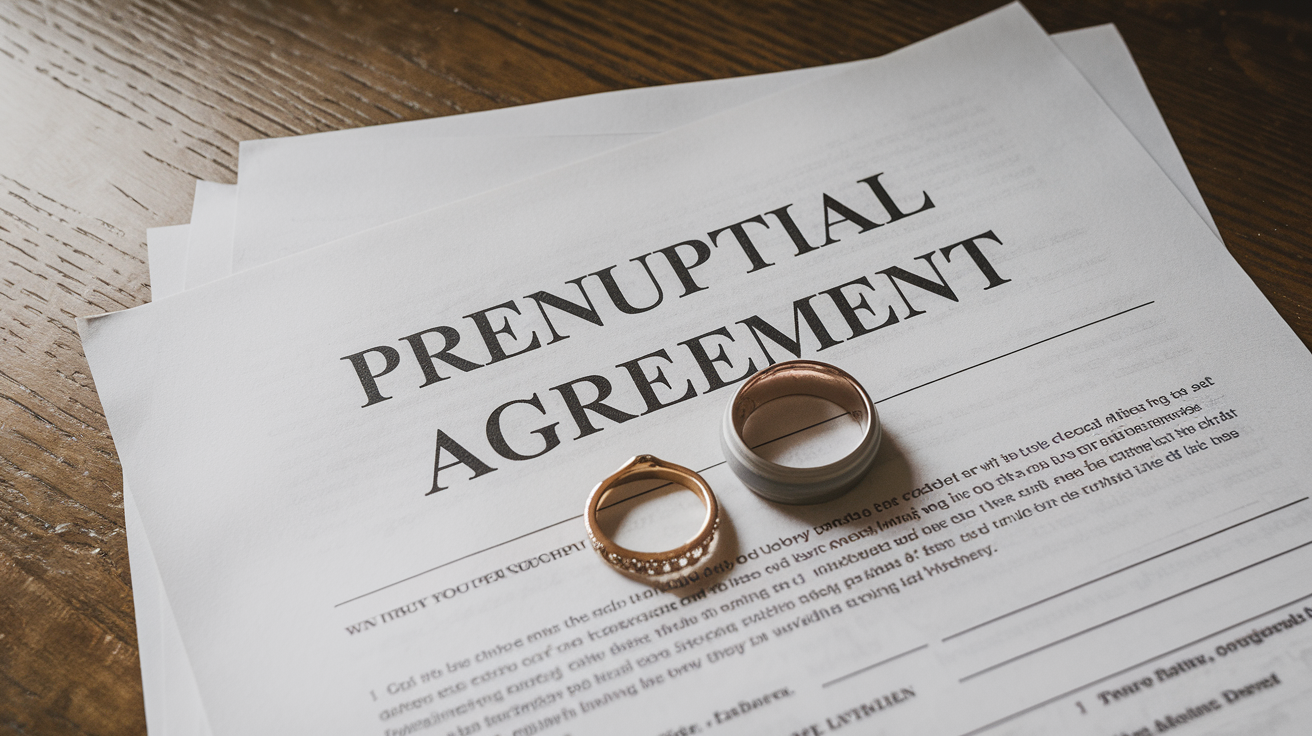Have you ever received an apology that left you feeling worse? Those words “I’m sorry” sometimes hide more than they reveal.
While some are genuine and come from a place of remorse, others may be manipulative, designed to get the person apologizing out of a tough spot without taking full responsibility.
It’s important to learn how to spot a manipulative apology, as it can help protect your emotional well-being.
This blog will help you spot the difference between real and fake apologies.
You’ll learn about the common tricks people use when they’re not truly sorry.
Understanding the Cause of Manipulative Apology
Understanding the cause of a manipulative apology begins with recognizing the underlying psychological motives behind it. Manipulative apologies often stem from a need to avoid responsibility or shift blame onto someone else.
Different Types of Manipulative Apology
There are several different types of manipulative apologies:
- Gaslighting Apology: “I’m sorry you feel that way” – This shifts blame to your emotional response rather than their actions. The person seems to apologize while making you doubt your perception of events.
- Conditional Apology: “I’m sorry if…” – By adding conditions, they minimize their responsibility. This shows reluctance to fully own their actions.
- Defensive Apology: “I’m sorry, but…” – Following the apology with justifications negates the original message. The person wants credit for apologizing while defending their behavior.
- Guilt-Trip Apology: “I’m sorry I’m such a terrible person” – This type turns the focus to their feelings, making you comfort them instead of addressing the original issue.
Identifying the Signs of Manipulative Apology

When you’re trying to tell if an apology is real, sometimes the subtle signs matter most. You might hear the right words, but your gut tells you something’s off.
Here are some signals that can help you spot when someone’s “sorry” isn’t quite what it seems.
1. Rushed and Repetitive Pattern
When someone hurries through an apology without showing real understanding, pay attention. They might say sorry quickly to move past the situation.
Think about that friend who keeps doing the same hurtful thing, apologizes quickly, and then repeats the behavior the next week.
Example: Your roommate repeatedly borrows your clothes without asking. Each time you bring it up, they quickly say, “Sorry! Won’t happen again!” But next week, you find your favorite shirt in their laundry basket.
The speed and repetition show they’re more interested in ending the conversation than changing their behavior.
2. Shifting Responsibility
Listen carefully when someone adds “but” after their apology. This small word often signals an attempt to move blame elsewhere. They might point fingers at circumstances, other people, or even you.
Example: Your partner forgets your birthday and says, “I’m sorry, but work has been so stressful,” or “I’m sorry, but you never reminded me.”
These statements share a common thread – they push responsibility away from the person apologizing and onto external factors.
3. Making it about Their Feelings
Watch out when an apology turns into a pity party. Some people flip the script, so you end up comforting them instead of addressing your hurt feelings.
Example: You tell someone they hurt your feelings, and they respond with, “I’m sorry, I feel awful. I must be the worst friend ever. I hate myself for this.”
Suddenly, you’re stuck reassuring them while your original concern gets buried under their emotional display.
4. Demanding Immediate Forgiveness
Be wary when someone expects instant forgiveness after their apology. Real remorse includes giving you time and space to process your feelings.
Example: After a serious argument, they might say, “I said I’m sorry, can we just move on?” or “Why are you still upset? I apologized!”
This pressure to forgive quickly often indicates they care more about their comfort than your healing.
5. Actions Don’t Match Words
The strongest sign of a manipulative apology is what happens after the words “I’m sorry.” When actions don’t change, words lose meaning.
Example: A family member criticizes your life choices at every gathering. They apologize when you confront them, saying they only want the best for you.
Yet, at the next family dinner, they start the same criticism again. Their unchanged behavior proves the apology was just empty words.
6. Empty Promises Without Plans
Empty promises flow easily in manipulative apologies, but specific plans for change remain absent. The person offers grand statements about future behavior without any concrete steps.
Example: A colleague who constantly interrupts you in meetings says, “Sorry about that, I’ll do better next time.”
But they never mention how they’ll improve – like waiting for you to finish speaking or taking notes instead of interrupting. Without a real plan, their promise stays hollow.
7. Using Past Good Deeds
Some people try to offset their current mistakes by bringing up their past kindness. They list all the good things they’ve done, hoping to minimize their present wrongdoing.
Example: Your friend shows up three hours late to help you move. When you express frustration, they say, “I’m sorry, but remember when I helped you paint your apartment last month? I’m always there for you.”
They’re using past actions to dodge present responsibility.
8. Playing The Comparison Game
Watch for people who minimize their actions by comparing them to worse scenarios. They make their behavior seem less serious by pointing out how others do worse things.
Example: After spreading a rumor about you, someone might say, “I’m sorry, but at least I didn’t tell everyone. Sarah would have told the whole office!”
This comparison attempts to make their actions seem less harmful.
9. The Silent Treatment Apology
Some people use silence as a weapon after apologizing. If you don’t accept their apology immediately or ask for further discussion, they withdraw completely.
Example: After a disagreement, your partner says sorry but then stops talking to you when you want to discuss the underlying issues.
This silence pressures you to drop the subject just to restore normal communication.
10. The Public Performance
Be cautious of apologies that seem more focused on audience reaction than genuine remorse. Some people save their sorries for when others are watching.
Example: Think about someone who dismisses your feelings in private but suddenly becomes apologetic in front of friends: “I’m so sorry about our misunderstanding earlier.
You know how much I care about your feelings!” They’re performing for others rather than truly addressing your concerns.
How to Respond to a Manipulative Apology

When faced with a manipulative apology, it can be tricky to steer your response. It’s easy to get caught up in the moment and either accept the apology out of pressure or brush it off without addressing the behavior.
However, responding in a thoughtful and assertive way can help you set healthy boundaries and avoid being emotionally manipulated. Here’s how to handle it.
Stay Calm and Composed
The first step in responding to a manipulative apology is to stay calm. Manipulative people often thrive on emotional reactions, and they may use your feelings to their advantage.
By keeping your composure, you regain control of the situation. Take a moment to collect your thoughts before responding, and don’t let the pressure of the moment push you into accepting an apology that doesn’t feel right.
Respond to the Apology on Your Terms
It’s okay to acknowledge the apology without immediately accepting it, especially if you feel it’s insincere. A simple response like, “I hear what you’re saying,” can show that you’re listening without letting the apology bypass the need for real accountability.
By doing this, you’re giving yourself space to process your feelings without rushing into reconciliation.
Set Clear Boundaries
If the apology is manipulative and doesn’t feel genuine, it’s important to set boundaries. Let the person know how their behavior has impacted you, and explain that you expect change.
For example, you might say, “I appreciate that you’ve apologized, but I need to see actions that back up your words. This behavior can’t continue.”
By setting boundaries, you make it clear that apologies without tangible change aren’t acceptable. If the person truly wants to make amends, they will respect your need for consistent behavior change.
Don’t Let Excuses Slide
A manipulative apology often comes with a lot of excuses. They might try to justify their actions or deflect blame. If this happens, don’t let the excuses slide.
Politely but firmly address the lack of accountability. You could say, “I understand that you were stressed, but that doesn’t excuse how you treated me.” This will help you keep the focus on the real issue rather than allowing the person to avoid responsibility.
Trust Your Gut
Finally, trust your instincts. If something doesn’t feel right about the apology, chances are, it’s not. Trust how their words make you feel—manipulative apologies often leave you feeling uncertain, uncomfortable, or doubting your own feelings.
By acknowledging these feelings, you give yourself the power to respond in a way that prioritizes your emotional well-being.
It’s important to remember that you have the right to demand respect and genuine accountability in your relationships.
Conclusion
Spotting a manipulative apology takes skill and awareness.
In this blog, you read about the key signs – from rushed apologies and blame-shifting to empty promises and public performances.
Each sign helps you see beneath the surface of those tricky “I’m sorry” moments. Because if the apology isn’t genuine, don’t hesitate to voice your feelings and demand real change.
Ultimately, being aware of manipulative apologies helps protect your emotional well-being and makes sure your relationships are built on honesty and respect.
Frequently Asked Question
What Does a Manipulative Apology Sound Like?
A manipulative apology often lacks accountability, deflecting blame or focusing on the other person’s feelings instead of the wrongdoer’s actions.
What is an Example of a Passive-Aggressive Apology?
An example of a passive-aggressive apology is, “I’m sorry you’re upset, but I don’t see what I did wrong.”
What Does a Fake Apology Look Like?
A fake apology usually comes with excuses, avoids responsibility, and may be delivered insincerely to avoid conflict rather than to repair the relationship.
When Not to Accept an Apology?
You should not accept an apology when the person does not take full responsibility, continues the same harmful behavior, or only apologizes to avoid consequences.








